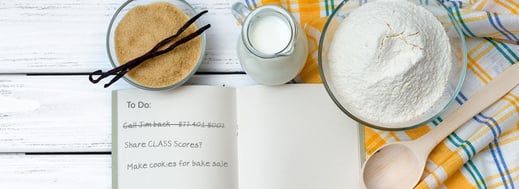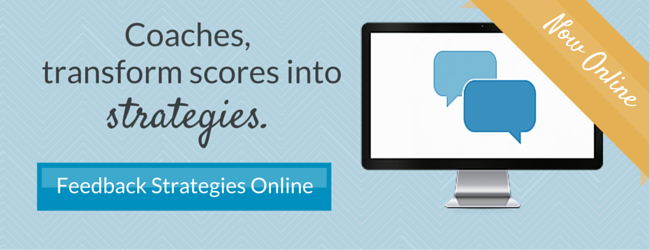
The CLASS score report is a vessel for providing informative and constructive feedback to teachers about the effectiveness of their classroom interactions. The report can vary depending on your goals and resources, just like a recipe for chocolate chip cookies (fun fact: you can substitute bananas for eggs if you want a low-fat or vegan option or you’re just out of eggs!), but here’s a tried and true recipe for the CLASS score report cooked up by the chefs at Teachstone.
Ingredients:
- CLASS background
- Observation context
- Numerical scores
- A delineation of strengths and areas with room for growth
- Specific, behavioral interactions from the observation
Directions:
- Begin with a little bit of CLASS background. Without it, the report won’t be very helpful to the teacher, especially if she hasn’t received any CLASS training. For starters, you might explain that the CLASS tool measures the effectiveness of teacher-child interactions and that it uses a 7-point rating scale.
- Sprinkle in some observation context. Remind the teacher of the date of her observation and maybe even provide some information about the content and format of the activities observed to help her connect her scores with her practice.
- Add the numerical scores. Include the average score across cycles for each dimension and domain. You might also share the scores for each cycle so that the teacher can see how her scores fluctuate across the day, during different activities. Consider giving information about how the classroom’s scores compared to program or national averages so the teacher has a better understanding of how her classroom matches up to others and can set attainable goals.
- Mix in strengths and areas with room for growth. Point out which scores indicate low, mid, and high levels of effectiveness to help the teacher understand what she’s doing well and what she could work on.
- Toss in some specific, behavioral interactions from the observation. Sharing examples of what was observed will help the teacher better understand her teaching practice and what more effective and less effective interactions look like.
- Bake with objectivity and CLASS-based language, and voila: a CLASS score report! Best enjoyed accompanied by a CLASS Dimensions Guide or a follow-up coaching session.

